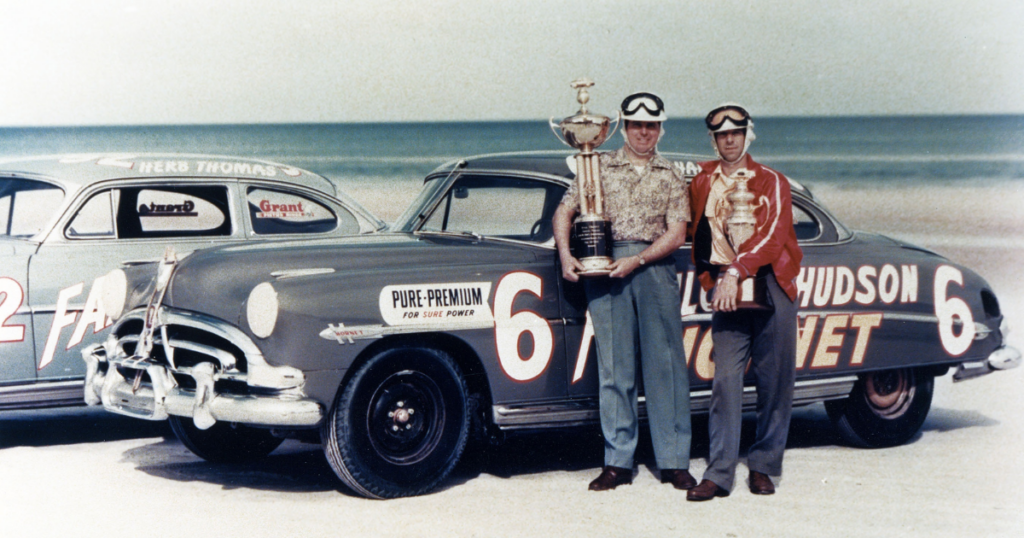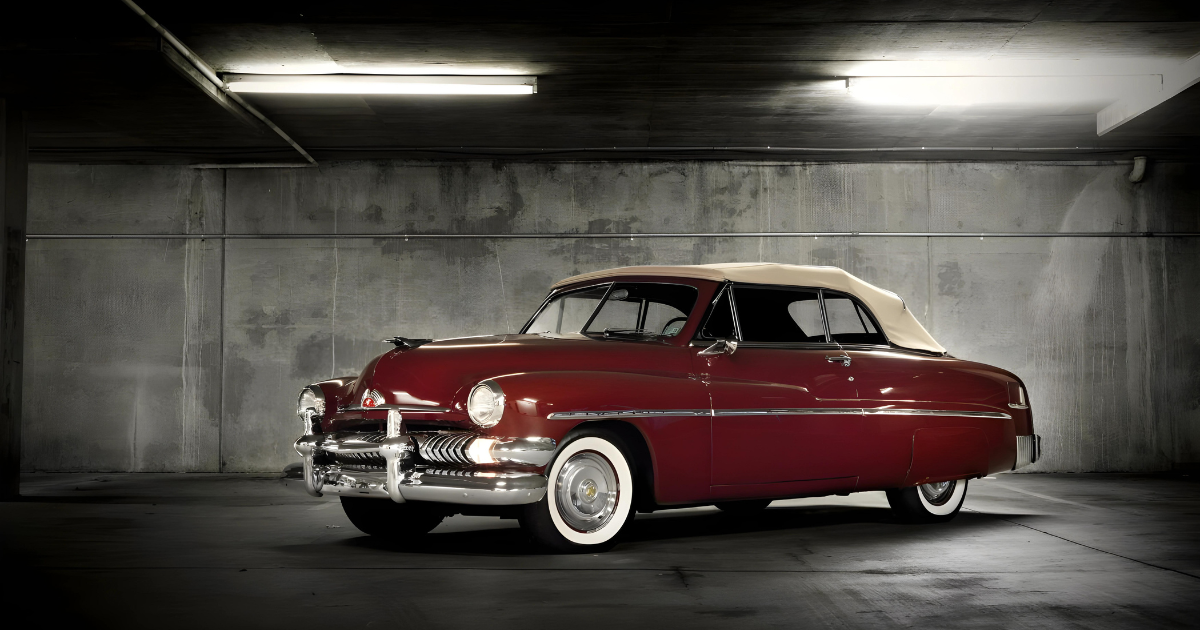
Hudson’s post-World War II innovations positioned the brand as a trailblazer in the automotive industry, particularly with its revolutionary “step-down” chassis design introduced in the 1948 model. This groundbreaking design marked a departure from conventional body-on-frame construction, instead incorporating foot wells recessed between widened chassis rails—a precursor to the modern “unit body” concept. By integrating the body and frame into a single, welded unit, Hudson achieved a lower center of gravity and improved stability, setting a new standard for handling and performance.

The 1948 Hudson model, aptly dubbed the “step-down” Hudson, featured rear chassis rails that passed outside the rear wheels, a departure from the stylistic norms of the time. This emphasis on functionality over stylistic embellishment underscored Hudson’s commitment to engineering excellence and practicality. Standing at just five feet high, the step-down Hudsons boasted exceptional speed and handling, thanks to the innovative chassis design coupled with Hudson’s capable 6- and 8-cylinder engines.

In 1951, Hudson further elevated its innovation with the introduction of the Hornet model, a pinnacle of performance and style. Building upon the foundation of the step-down design, the Hornet incorporated a larger 308 cubic inch evolution of the Super Six engine introduced in the 1948 model. This potent engine, coupled with the aerodynamic shape and low center of gravity of the step-down chassis, propelled the Hornet to new heights of speed and agility.

The Hornet’s exceptional performance wasn’t confined to the streets—it made a significant impact on the racing circuit as well. With its powerful engine and superior handling, the Hornet quickly became a force to be reckoned with in NASCAR competitions. Securing six first-place finishes in competitive racing circuits, the Hornet solidified Hudson’s reputation as a brand synonymous with performance and innovation.
Beyond its engineering prowess, the Hornet also captured the imagination of consumers with its striking design and luxurious appointments. The convertible Brougham variant, in particular, epitomized elegance and style, featuring sleek lines, chrome accents, and a refined interior. Hudson’s commitment to craftsmanship and attention to detail was evident in every aspect of the Hornet, from its sculpted bodywork to its meticulously appointed cabin.

In conclusion, Hudson’s legacy as an innovator in the automotive industry is firmly rooted in its pioneering “step-down” chassis design and the subsequent introduction of the Hornet model. By pushing the boundaries of engineering and design, Hudson revolutionized the driving experience, setting new standards for performance, handling, and style. The 1951 Hudson Hornet Convertible Brougham stands as a testament to Hudson’s enduring legacy of innovation and excellence, embodying the spirit of a brand that dared to be different in a rapidly evolving automotive landscape.




